Every time we open our mouth we exhale particles that may contain the virus.
By Eden David 1 July 2020,

As states begin to adjust to a new normal and people start spending more time indoors, experts and local officials are starting to consider the role air filtration and ventilation may play in slowing the spread of COVID-19 in indoor spaces.
Most recently, New York Gov. Andrew Cuomo announced that all large malls in New York will have to install “air filtration systems that can filter out the COVID virus” before reopening.
This requirement comes as infectious disease experts start more aggressively studying the ways in which the virus can spread through inhaling small particles that could hang around in the air for hours -- otherwise known as aerosolized particles.
"As we are understanding more about this virus there is consensus that aerosolized transmission plays an important role in the transmission of the virus," said Dr. Rajat Mittal, professor of mechanical engineering at Johns Hopkins University, who is studying the dynamics of COVID-19 particles and mask efficacy.
Every time we breathe or open our mouth to speak we can exhale or inhale particles that may contain infectious viruses.
“You don’t have to be coughing or doing anything vigorous for these droplets to come out of your mouth, and if you have the infection in your mouth, those particles can carry the virus," said Dr. Jodie Dionne-Odom, Assistant professor in UAB’s Division of Infectious Diseases. “They hang out in the air and someone coming after you just has to breathe the air to get the infection."
MORE: Federal records show thousands of desperate pleas from health care workers seeking better COVID protective gear
This risk of infection through these small particles is especially high in small enclosed spaces like offices, and restaurants, where the air is not being circulated as often and many people are spending prolonged, direct contact with one another. Experts agree that efficient ventilation may likely be an important part in safely resuming indoor activities.
“Obviously cleaning surfaces is still important but cleaning the air that recirculates through buildings is now a huge focus,” according to Nancy McClellan, an industrial hygiene specialist.
Effective ventilation can clean the air through recirculation while filtering out small, potentially infectious particles. Experts are also evaluating special technologies that can disinfect incoming viral particles, like UV light.
"There are some really fascinating technologies out there but they do not get established quickly or cheaply and the research putting them into place isn’t there yet," said Dr. David Krause, a certified industrial hygienist, who is the owner of Healthcare Consulting and Contracting (HC3) and currently leading the American Industrial Hygiene Association’s initiative to develop recommendations on engineering controls in non-health care work spaces.
Experts agree that the most practical method as of right now for small business and homeowners is high efficiency particulate air (HEPA) filtration systems. HEPA filters, according to the United States Environmental Protection Agency, can theoretically remove at least 99.97% of particles as small as .3 microns.
“That is potentially good because almost all the droplets that are going to be carrying viruses are all within that range,” said Mittal.
The performance of a filter is characterized by its Minimum Efficiency Reporting Values, otherwise known as MERV rating. On the MERV rating scale, HEPA filters are rated anywhere between 17-19.
“The higher the MERV rating the more efficient and effective that filter is,” said Krause.
McClellan explained, “I think Cuomo is making a fair assumption that large malls have well-developed and hopefully well-maintained heating, ventilation, and air conditioning (HVAC) systems that are typically capable of upgrades such as improved filtration capacities that MERV filtration offers."
MORE: 'Extreme inequality was the preexisting condition': How COVID-19 widened America's wealth gap
Most HVACs found in homes or small workplaces, however, cannot accommodate these fine HEPA filters, since they do not have motors that can produce a strong enough pressure to pull air and push it through a HEPA filter. Krause said some HVACs may be able to accommodate a filter with a MERV rating of up to 13 but that still would not achieve the necessary number of air changes per hour that would effectively reduce the viral particles in the air.
He said the three most practical steps small businesses and homeowners can take to upgrade the effectiveness of their ventilation system is to install the highest efficiency filter their HVAC system can handle, increase the amount of outside air circulating through their HVAC system and buy in-room air cleaners and purifiers with HEPA rated filters that will increase the overall amount of air exchanges.
Effective infection control in small business or homes requires a 6 to 10 air exchange rate per hour, explained Krause. He said that this can be calculated for a given space's ventilation setup using the available tools online developed by the Association of Home Appliance Manufacturers (AHAM).
The United States Environmental Protection Agency also recommends running your "system fan for longer times, or continuously, as HVAC systems filter the air only when the fan is running. Many systems can be set to run the fan even when no heating or cooling is taking place."
Experts say opening a window might also be a simple yet effective solution.
“Natural ventilation doesn’t require any advanced technology or any significant change to building codes,” said Mittal.
Although these forms of interventions are promising and experts are actively working on publishing clearer guidelines for smaller businesses, many questions still remain around the virus' transmissibility that make it difficult to quantify just how effective these air control measures may actually be.
According to Dr. John Richards, president of Air Control Techniques, “The selection of the most appropriate type of control system depends on accurate data concerning the droplet size range containing the virus.”
MORE: How risky is flying during the coronavirus pandemic?
Mittal also raised concerns that maintenance teams must also develop safety measures for replacing HEPA filters, since used filters will collect viruses and could become infectious.
More importantly, experts still don't know how much exposure to the virus a person needs in order to be infected, otherwise known as the minimum infectious dose.
“I wish we knew more about the infectious dose. That would help us in understanding what’s going on when people stand close to each other,” said Dr. Lisa Brosseau, an aerosol specialist and research consultant at the Center for Infectious Disease Research and Policy at the University of Minnesota .
Moreover, some experts theorize that small virus containing particles in the air may be more dangerous and more easily produce an infection.
“It could be that smaller droplets are more dangerous because they deposit deeper in the lungs, which is less protective to infection,” said Mittal.
To make matters even more complicated, your age, preexisting health conditions and immune system strength may also affect what minimum dose of virus is necessary to cause infection.
Experts also want to understand how long the virus stays infectious in the air and over what distances.
"We need to be able to culture the virus from airborne particles in the room," said Dionne-Odom. "Those studies are yet to be definitive to prove that these viral particles are capable of human infection."
Krause, however, said that even though these questions persist, “it should not stop us from implementing these air controls because they are available off the shelf.” He said that knowing the infectious dose is critical in quantifying the precise risk reduction but that “historically engineering controls are always effective and achieve significant reduction as has been proven in high risk hospital settings.
Ventilation may emerge as an important tool in reducing spread of COVID-19 indoors, but Krause cautioned that it should be “part of the overall new contract we have as a society.”
Crowded indoors spaces and prolonged close contact with people can still be risky even with enhanced ventilation because the virus containing particles can reach you before they have a chance to be filtered.
“You cannot ignore cleaning and hygiene and cannot overcrowd places,” warned Krause. “Engineering controls should be layered on top of distancing, minimizing occupancy of indoor environments, personal conduct and personal behaviors inside and outside the workplace.”
Eden David, who studied neuroscience at Columbia University and is matriculating to Icahn School of Medicine at Mount Sinai later this year, is a member of the ABC News Medical Unit.
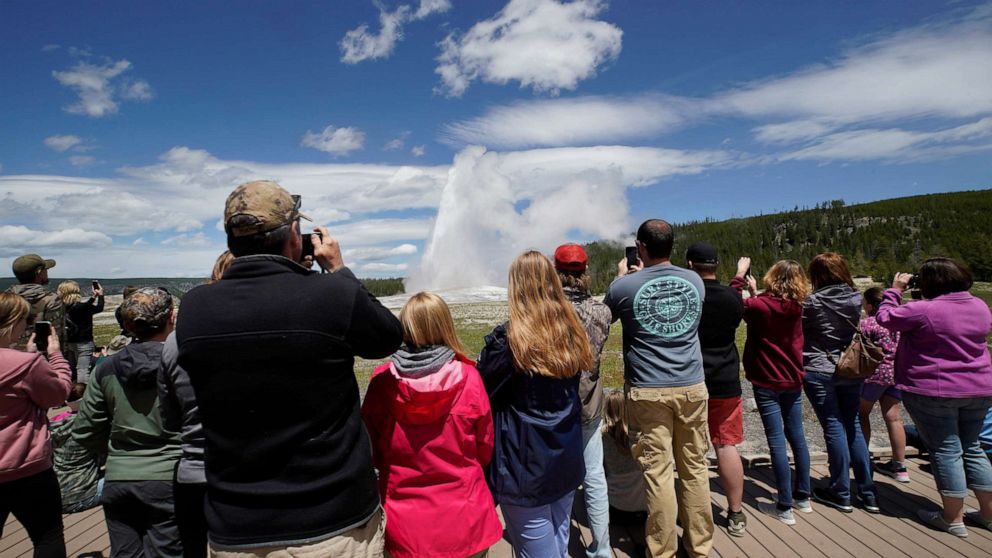

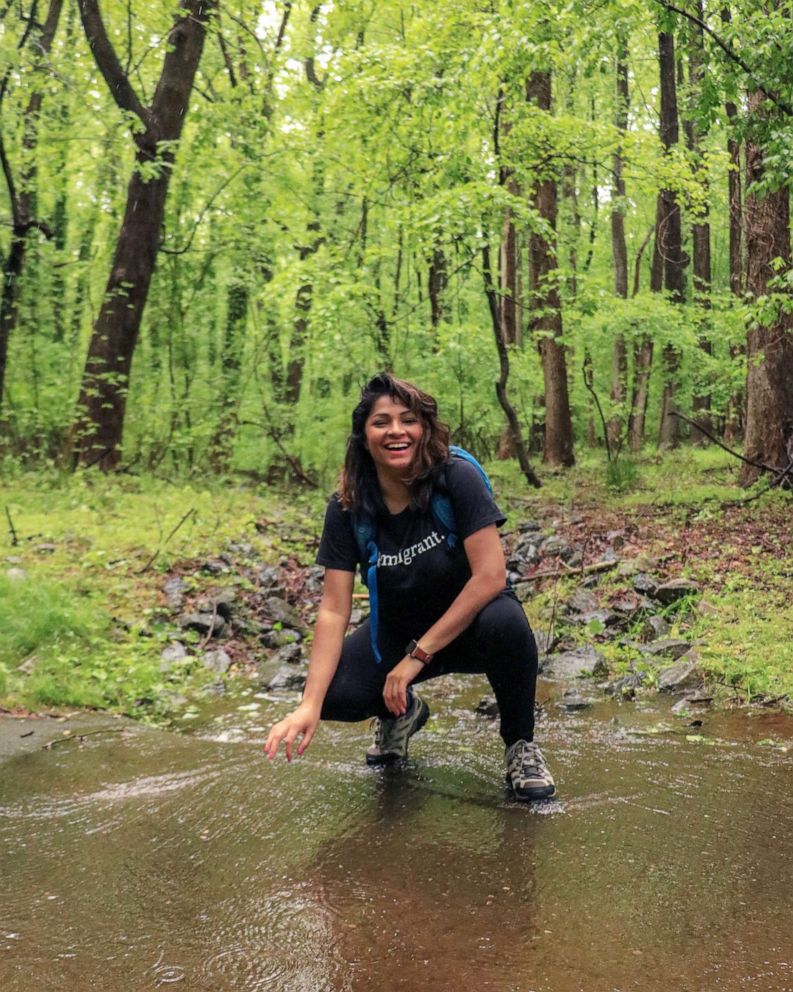
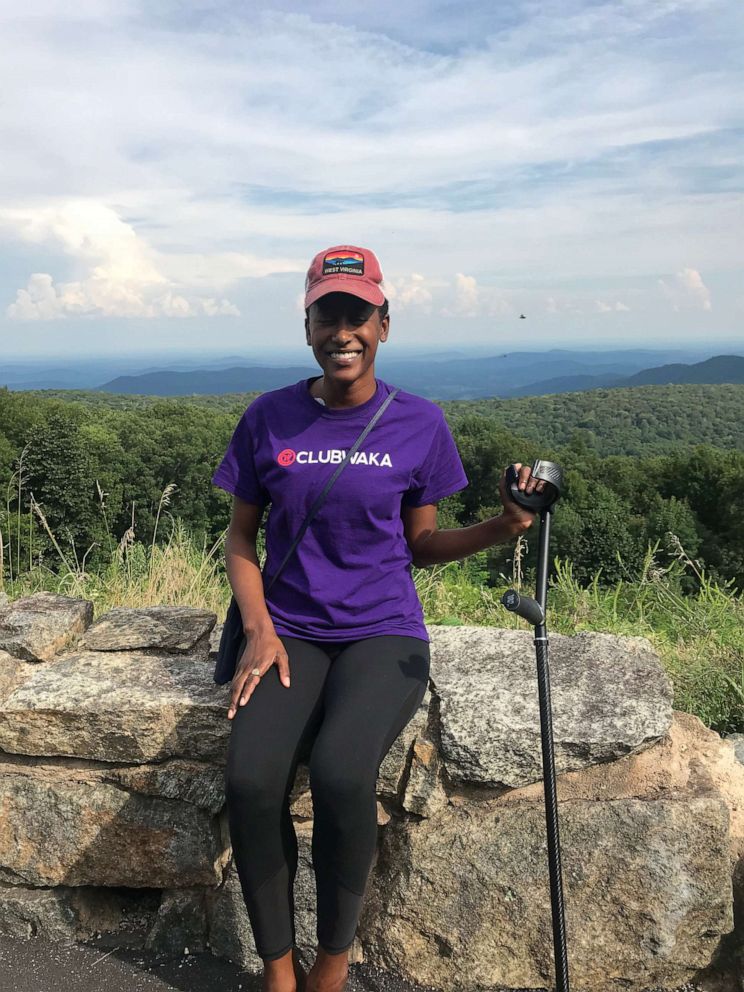
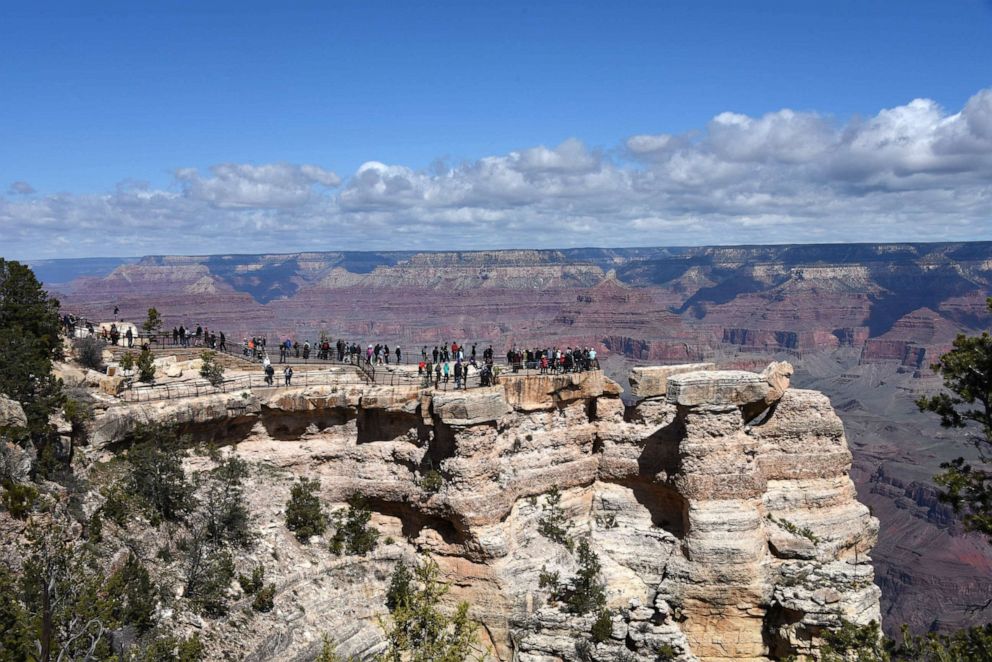


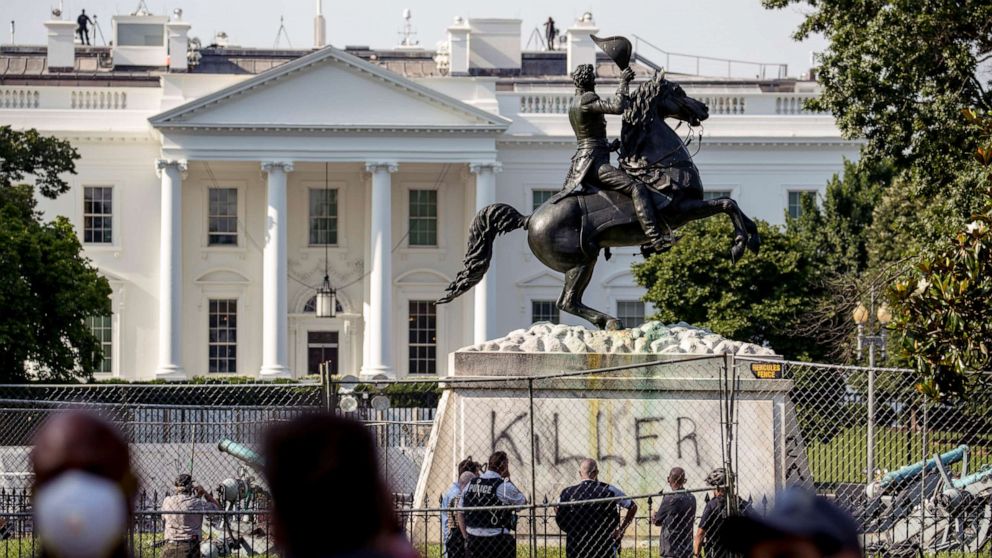
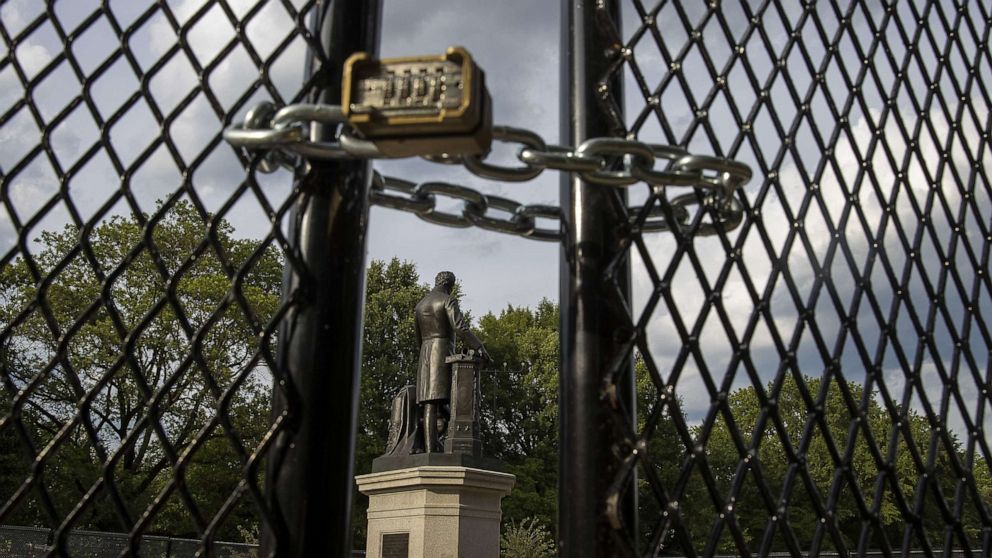
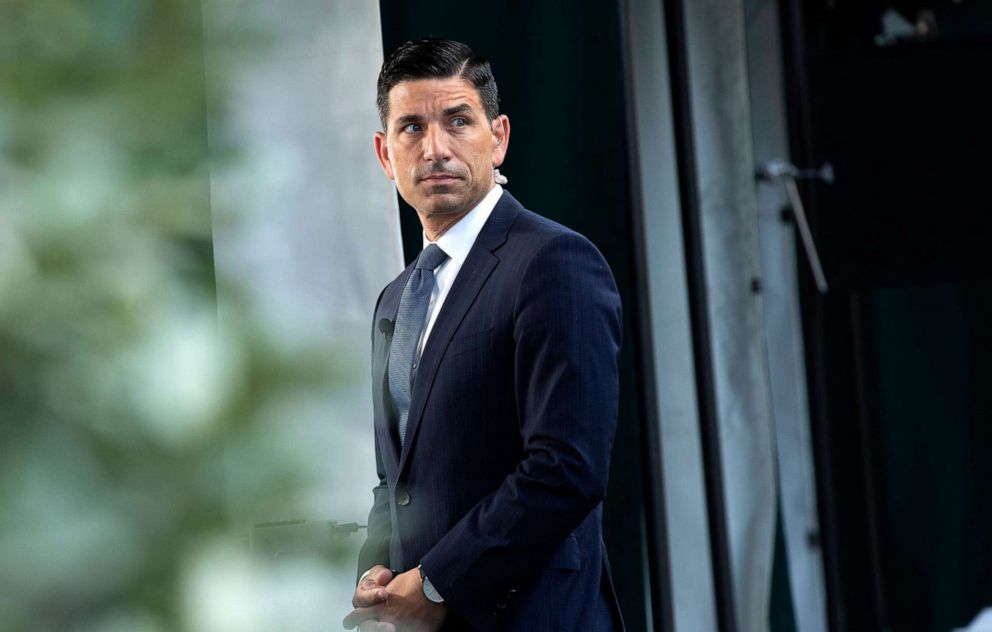
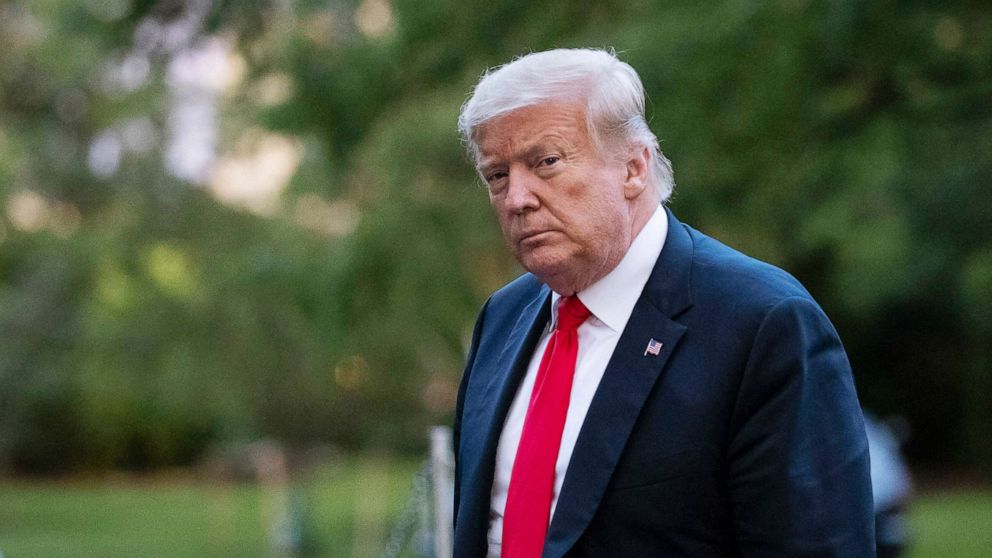
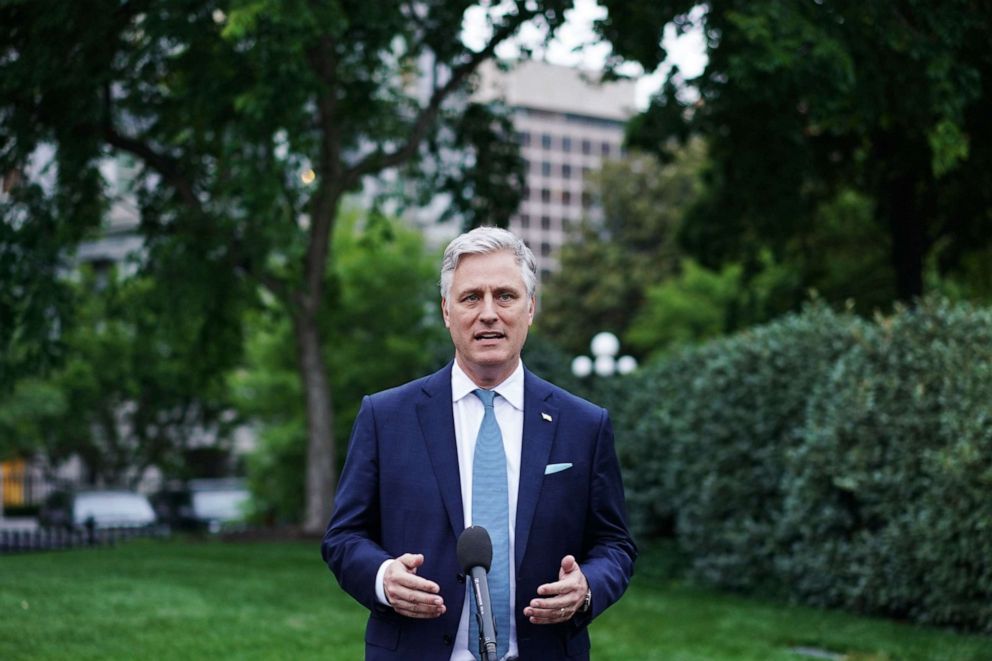
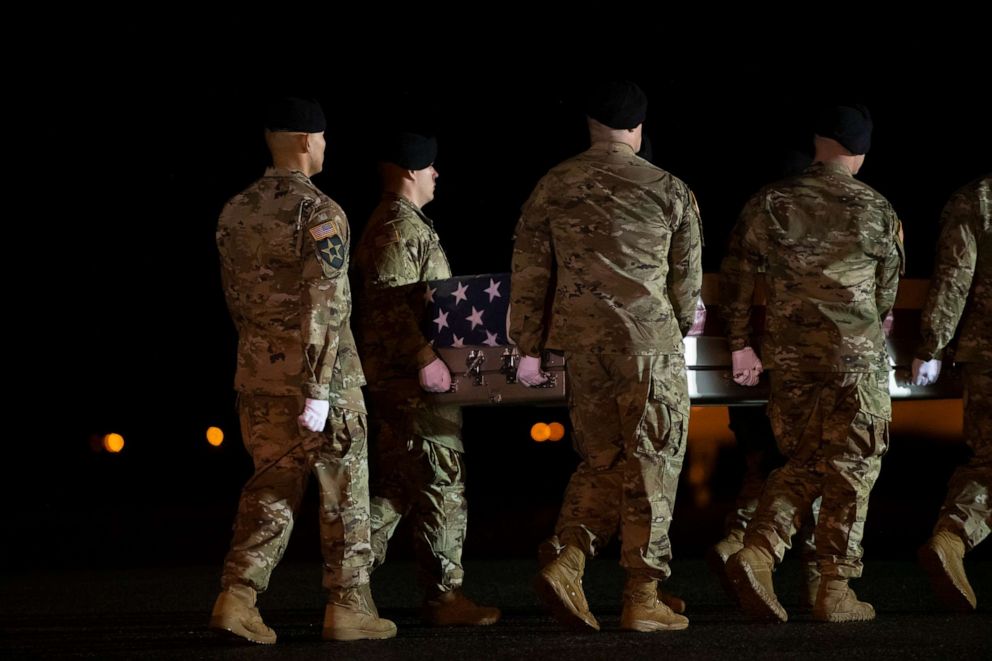


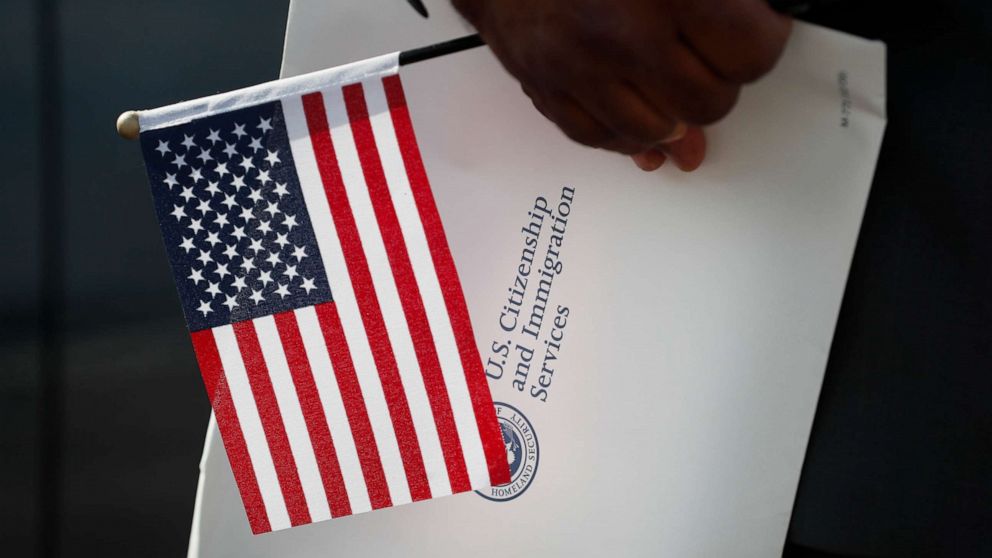
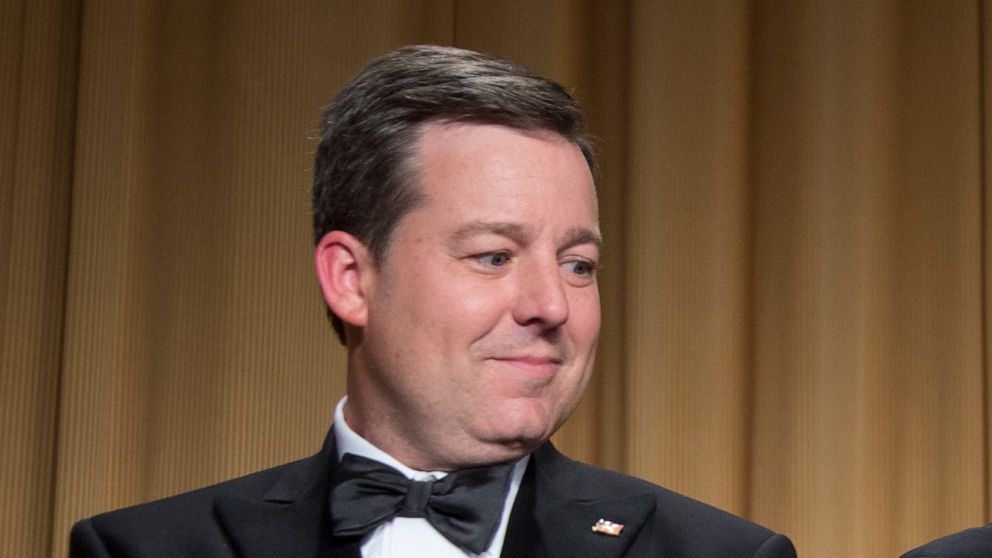

 (
(

